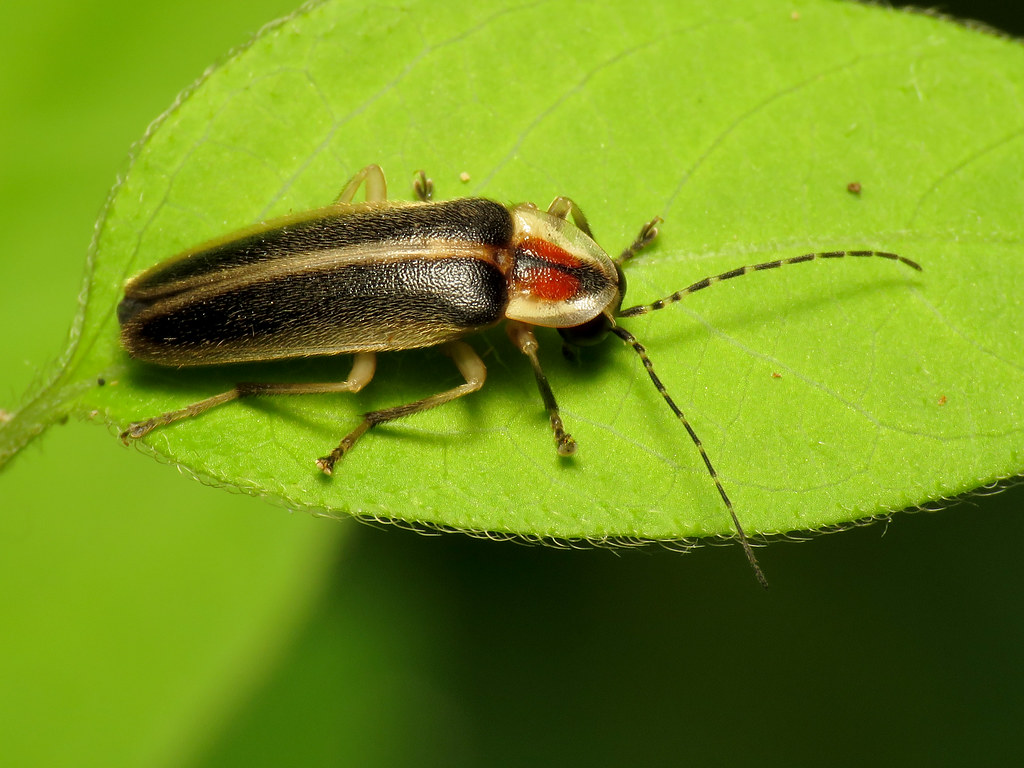In the seemingly innocent world of summer evenings, where fireflies dance across twilight meadows like floating stars, a deadly deception unfolds. While most people associate these glowing insects with romance and childhood wonder, some species have evolved one of nature’s most cunning predatory strategies. The Photuris female firefly has mastered the art of deadly mimicry, using false signals to lure unsuspecting males of other species to their doom. This isn’t just survival of the fittest—it’s survival of the most deceptive.
The Master of Deception

Photuris females represent one of nature’s most sophisticated con artists, possessing an ability that would make even the most skilled human impersonator jealous. These remarkable insects can perfectly mimic the flash patterns of females from different firefly species, essentially speaking multiple “languages” of light. When a male from another species approaches, expecting courtship, he instead encounters a predator who has been practicing her deadly craft for millions of years.
The deception runs deeper than simple mimicry. These females can adjust their timing, intensity, and even the color of their bioluminescent displays to match their intended prey. It’s like having a master key that opens multiple locks, except each lock leads to a different species’ romantic ritual. The precision required for this mimicry is astounding—a mistimed flash or wrong intensity could blow their cover entirely.
The Science Behind the Glow
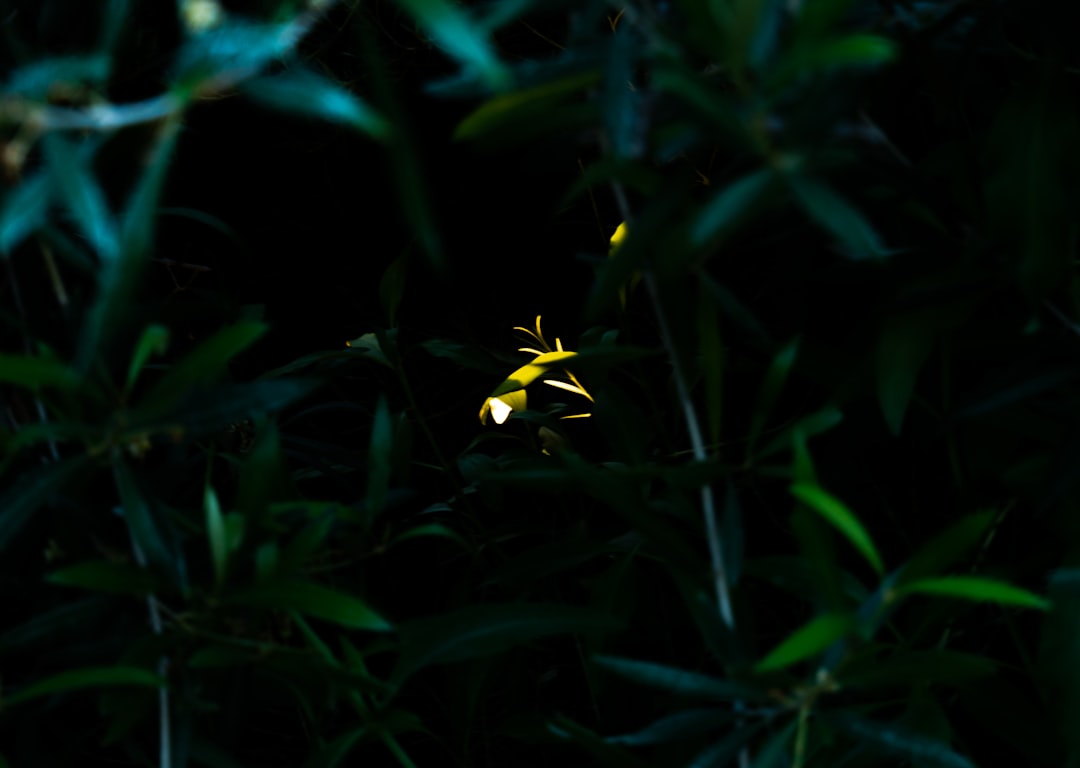
The bioluminescence that makes this deception possible involves a complex chemical reaction that occurs in specialized cells called photocytes. These cells contain luciferin, a light-producing compound, and luciferase, an enzyme that catalyzes the reaction. When oxygen is introduced, the reaction produces light with remarkable efficiency—nearly 96% of the energy is converted to light, with minimal heat production.
What makes Photuris females particularly dangerous is their ability to control this biological light show with surgical precision. They can modulate the duration, intensity, and even the wavelength of their flashes to perfectly match their target species. This level of control over bioluminescence is rare in nature and represents millions of years of evolutionary refinement. The neural pathways that control these light organs are incredibly sophisticated, allowing for real-time adjustments based on environmental conditions and prey behavior.
Anatomy of a Femme Fatale
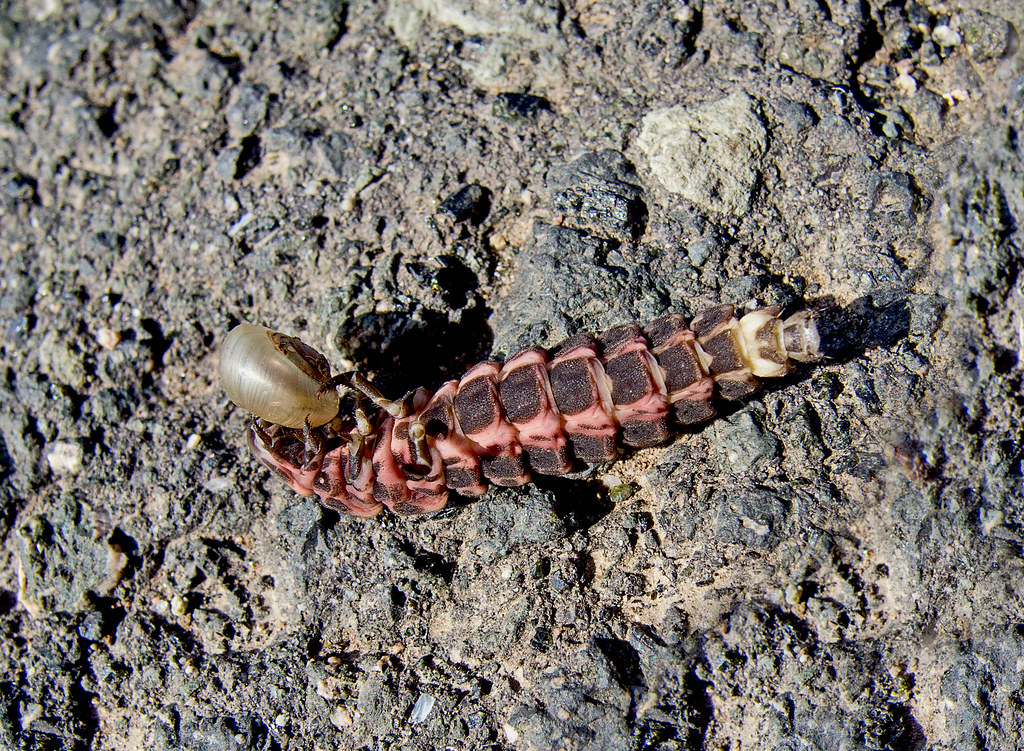
The physical structure of Photuris females reveals their predatory nature in subtle but significant ways. Their mandibles are notably more robust than those of purely herbivorous firefly species, designed for grasping and consuming other insects. Their compound eyes are also more sensitive to light variations, allowing them to detect and analyze the flash patterns of potential prey with extraordinary accuracy.
The light-producing organs themselves are anatomically different from those of non-predatory species. They’re larger and more complex, with additional neural connections that provide the fine motor control necessary for mimicry. The positioning of these organs on the abdomen is also optimized for maximum visibility and deceptive potential. Even their wing structure differs slightly, as they need to be able to make quick directional changes when pursuing prey.
The Deadly Dance of Deception
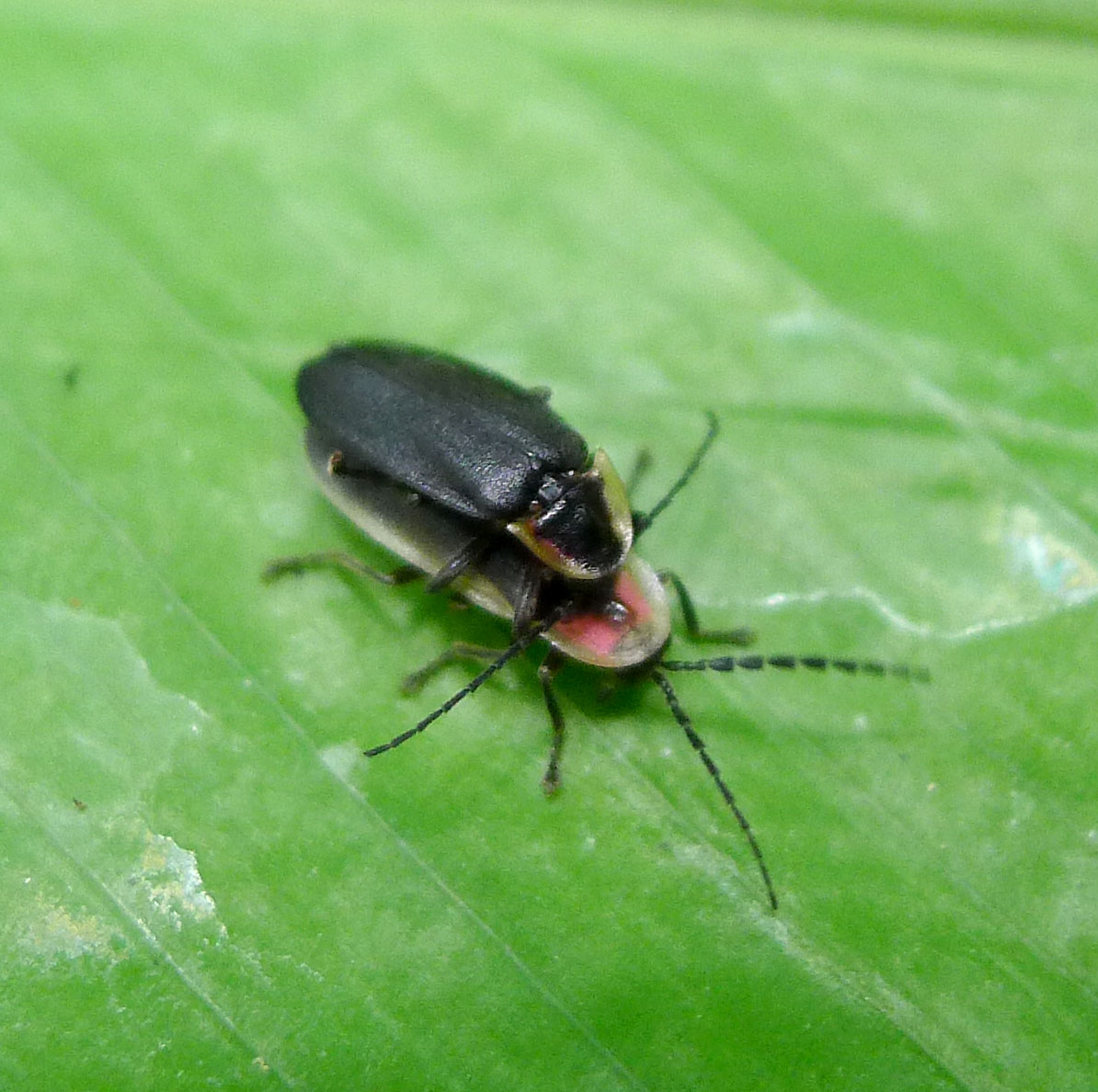
When night falls and fireflies begin their ancient courtship rituals, Photuris females position themselves strategically in vegetation, scanning for potential victims. They observe the flash patterns of genuine couples, learning the specific timing and characteristics of each species’ communication. Once they’ve identified a target, they begin their deadly performance, mimicking the responses of receptive females from that species.
The unsuspecting male, believing he’s found a willing mate, approaches with increasing confidence. As he draws closer, the female continues her charade, even adjusting her position and posture to match the expected behavior of his species’ females. The male’s excitement builds as he perceives all the right signals, completely unaware that he’s walking into a predator’s trap. This dance can continue for several minutes, with the female masterfully maintaining her deception until the moment of truth.
The Moment of Truth
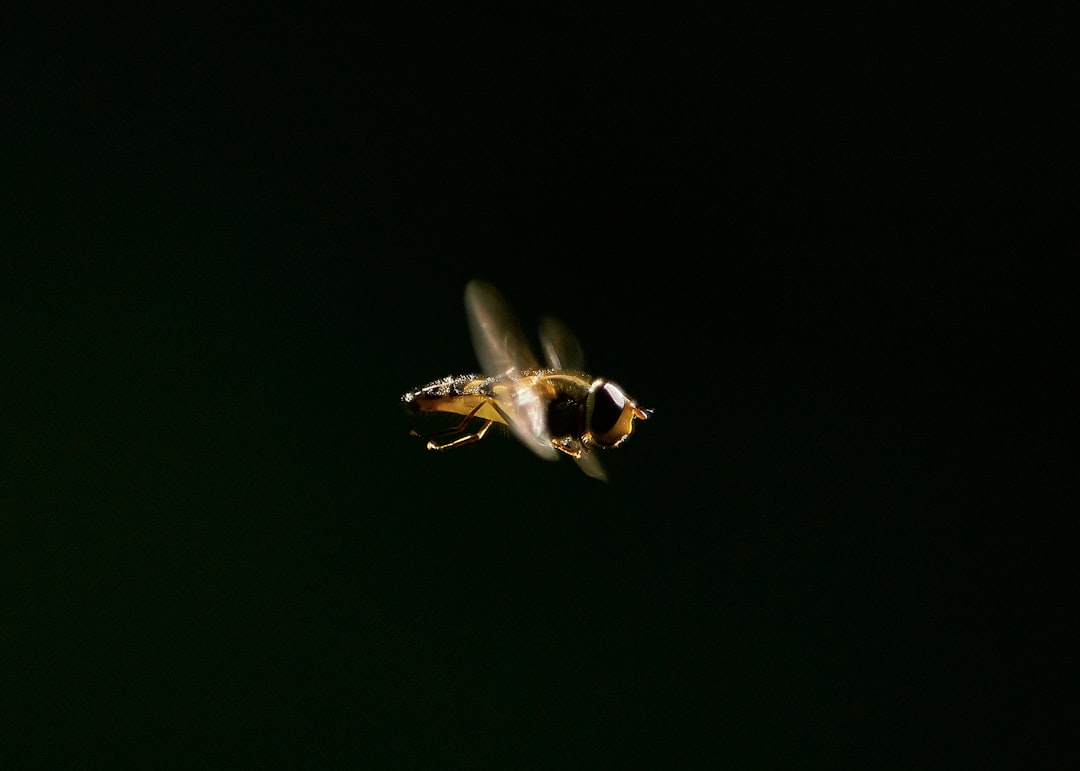
The climax of this deadly deception occurs when the male finally lands, expecting to begin mating. In that vulnerable moment, the Photuris female strikes with lightning speed, using her powerful mandibles to grasp the unsuspecting suitor. The attack is swift and efficient—there’s no prolonged struggle, no chance for escape. The male’s romantic expectations are brutally transformed into a fight for survival that he has no chance of winning.
What follows is both fascinating and disturbing from a scientific perspective. The female begins consuming her prey while it’s still alive, starting with the softer tissues and working her way through the body systematically. This isn’t random feeding—it’s a calculated consumption designed to maximize nutritional gain while minimizing the risk of the prey escaping. The entire process demonstrates the cold efficiency of a predator that has perfected its craft over evolutionary time.
Nutritional Benefits of Cannibalism
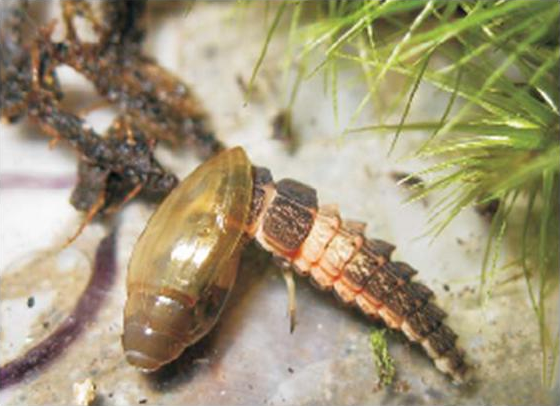
The consumption of other fireflies provides Photuris females with crucial nutrients that aren’t available from their typical diet of nectar and pollen. Male fireflies contain high concentrations of proteins and defensive chemicals that the females can’t produce themselves. These nutrients are particularly important for egg development, meaning that cannibalism directly impacts reproductive success.
One of the most significant benefits comes from the acquisition of defensive alkaloids called lucibufagins. These compounds, originally obtained by the male prey from their own diet, provide protection against predators like spiders and birds. By consuming other fireflies, Photuris females essentially steal their chemical defenses, making themselves less palatable to their own predators. This chemical theft represents a form of evolutionary arms race, where predators not only gain nutrition but also defensive capabilities from their prey.
Species-Specific Targeting

Photuris females don’t hunt indiscriminately—they’re highly selective predators that target specific species based on nutritional value and ease of capture. Different firefly species offer varying levels of defensive chemicals, with some being more valuable targets than others. The females have evolved to recognize and prioritize these high-value prey, maximizing their hunting efficiency.
Research has shown that they particularly target Photinus species, which are abundant and contain high concentrations of the desired alkaloids. However, they’ve also been observed hunting other genera when opportunities arise. This flexibility in prey selection demonstrates their adaptability and intelligence, as they can switch tactics based on environmental conditions and prey availability. The ability to maintain accurate mimicry for multiple species simultaneously is a testament to their sophisticated nervous systems.
The Evolution of Aggressive Mimicry
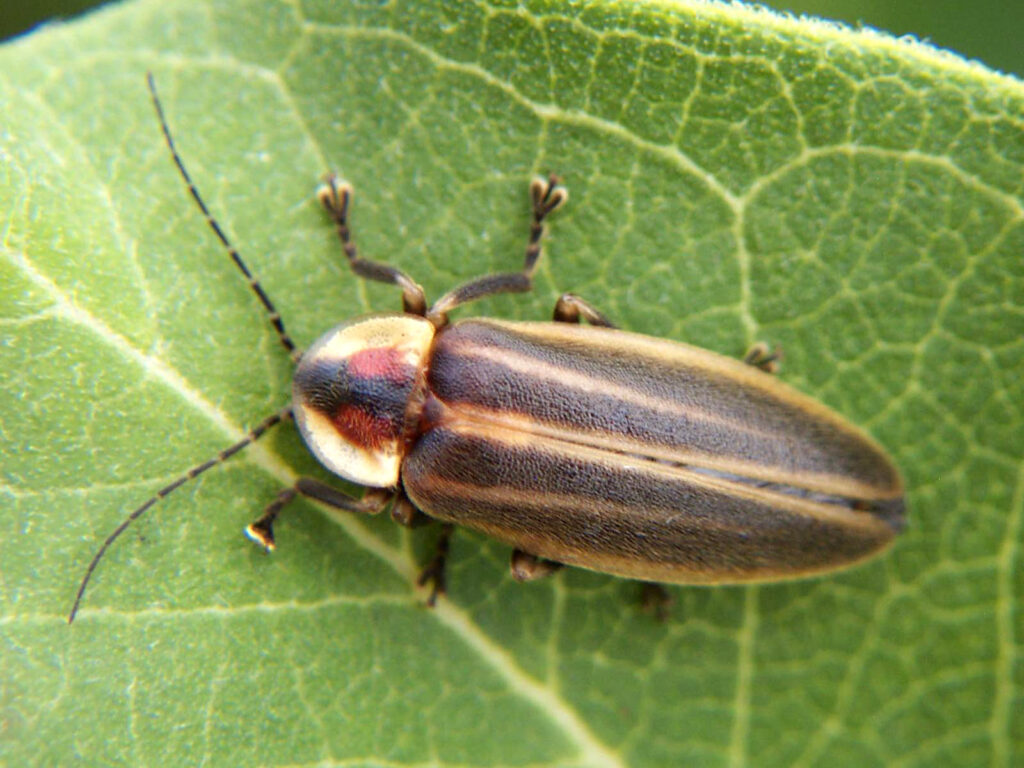
The development of aggressive mimicry in Photuris fireflies represents one of evolution’s most remarkable examples of predatory innovation. This behavior likely evolved as a response to competition for limited resources and the need to acquire specific defensive chemicals. The evolutionary pressure to obtain these compounds was so strong that it drove the development of complex neural pathways capable of sophisticated behavioral mimicry.
The transition from simple predation to complex mimicry required significant changes in brain structure and sensory capabilities. The females needed to develop enhanced visual processing abilities to detect subtle differences in flash patterns, improved motor control for precise light production, and increased memory capacity to store multiple mimicry patterns. This evolutionary pathway demonstrates how predatory pressure can drive the development of seemingly impossible biological capabilities.
Mating and Reproduction
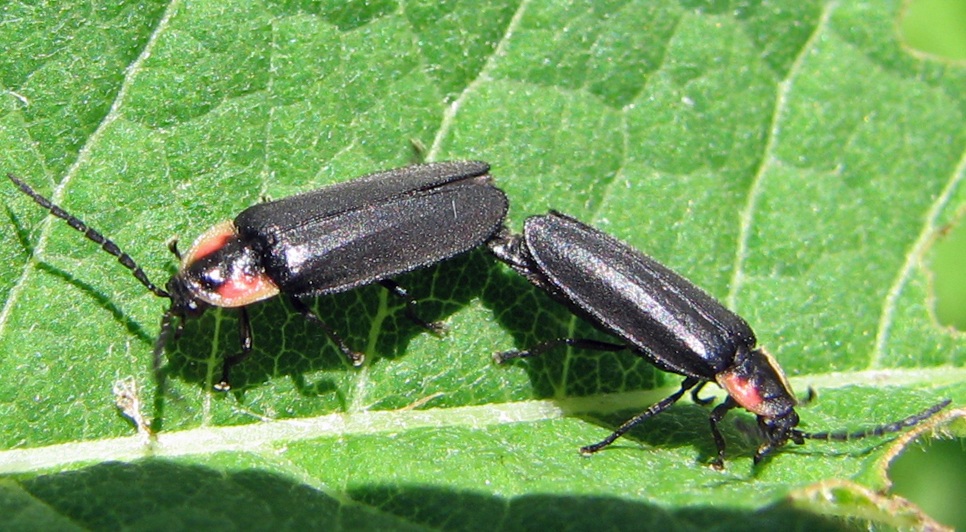
Despite their deadly reputation, Photuris females must still engage in legitimate courtship to reproduce. When seeking mates of their own species, they use entirely different flash patterns and behaviors, switching from predator to potential partner. This dual nature adds another layer of complexity to their behavioral repertoire, as they must be able to distinguish between hunting and mating contexts.
The males of their own species have evolved various strategies to avoid becoming victims of their own females’ predatory behavior. They approach potential mates with extreme caution, often using specific recognition signals that are difficult to mimic. Some males will even present nuptial gifts of food to reduce the likelihood of being eaten during or after mating. This evolutionary arms race between the sexes has led to increasingly sophisticated communication systems within the species.
Environmental Impact and Ecosystem Role

The predatory behavior of Photuris females plays a crucial role in maintaining ecological balance within firefly communities. By controlling populations of other species, they prevent any single species from becoming too dominant in the ecosystem. This predation pressure also drives evolutionary adaptations in prey species, leading to more sophisticated defensive behaviors and communication systems.
Their hunting activities also contribute to nutrient cycling within the ecosystem. The consumption and redistribution of chemicals like lucibufagins affects the entire food web, as these compounds eventually find their way into soil and plant systems. Additionally, their selective predation can influence the genetic diversity of prey populations, potentially affecting the long-term evolution of firefly communities in specific regions.
Human Fascination and Research
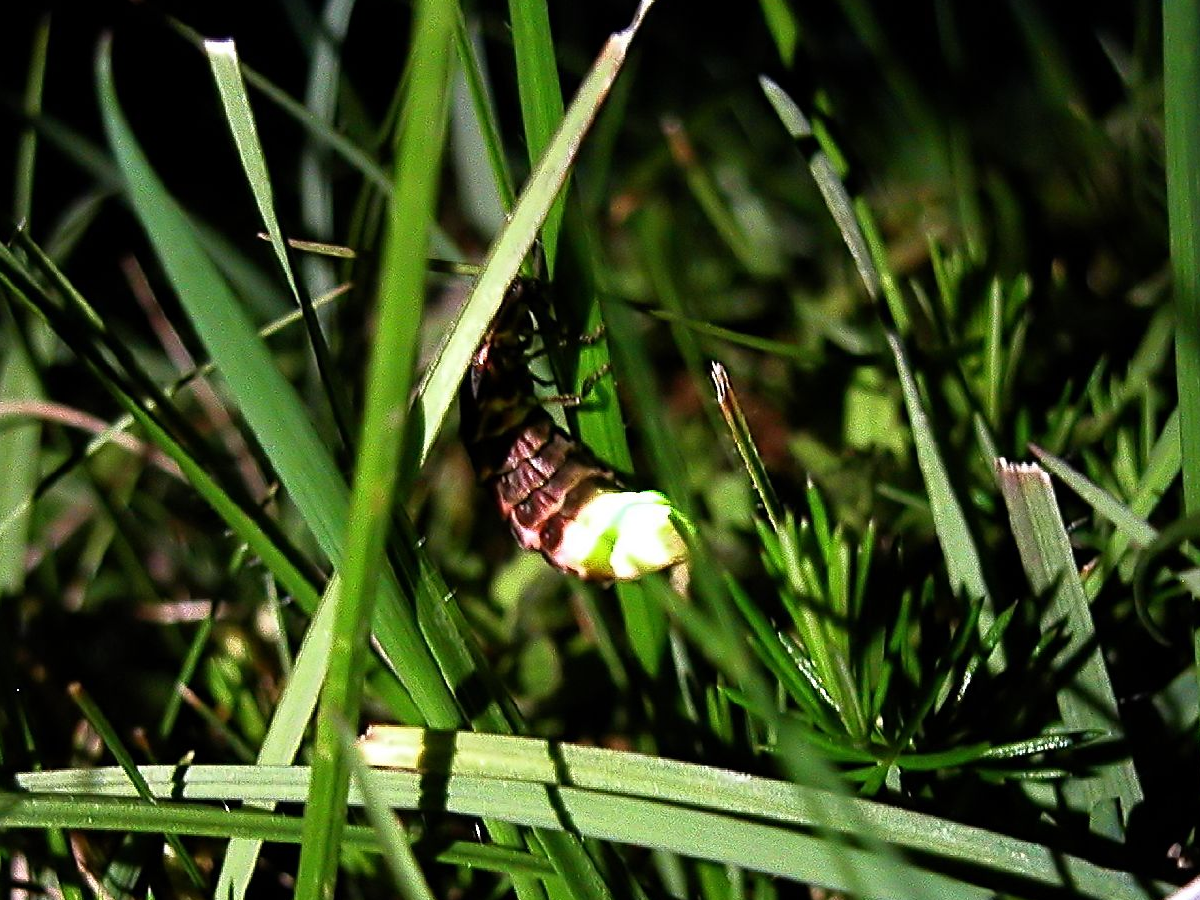
Glow_worm_660030626.jpg: Timo Newton-Syms, CC BY-SA 2.0, https://commons.wikimedia.org/w/index.php?curid=4689391)
The discovery of aggressive mimicry in Photuris fireflies has captured the imagination of scientists and nature enthusiasts worldwide. Researchers have spent decades studying these insects, using high-speed cameras and sophisticated equipment to document their hunting behaviors. The complexity of their mimicry has inspired research into artificial intelligence and robotics, as scientists attempt to replicate their adaptive capabilities.
The study of these fireflies has also contributed to our understanding of evolution, communication, and predator-prey relationships. Their ability to switch between different behavioral modes has provided insights into neural plasticity and learning in insects. Museums and educational institutions frequently feature these insects in exhibits about predation and mimicry, helping to educate the public about the complexity of natural systems.
Conservation Concerns

Like many firefly species, Photuris populations face threats from habitat loss, light pollution, and pesticide use. Their complex life cycles and specific habitat requirements make them particularly vulnerable to environmental changes. The loss of these predators could have cascading effects on firefly communities, potentially leading to population imbalances and reduced biodiversity.
Conservation efforts for fireflies often focus on preserving dark habitats and reducing artificial lighting, but protecting predatory species like Photuris requires additional considerations. These females need access to diverse prey populations, meaning that conservation strategies must account for the entire firefly community rather than individual species. Climate change also poses challenges, as shifting temperatures and weather patterns can disrupt the delicate timing of their hunting and mating behaviors.
Comparative Predatory Strategies
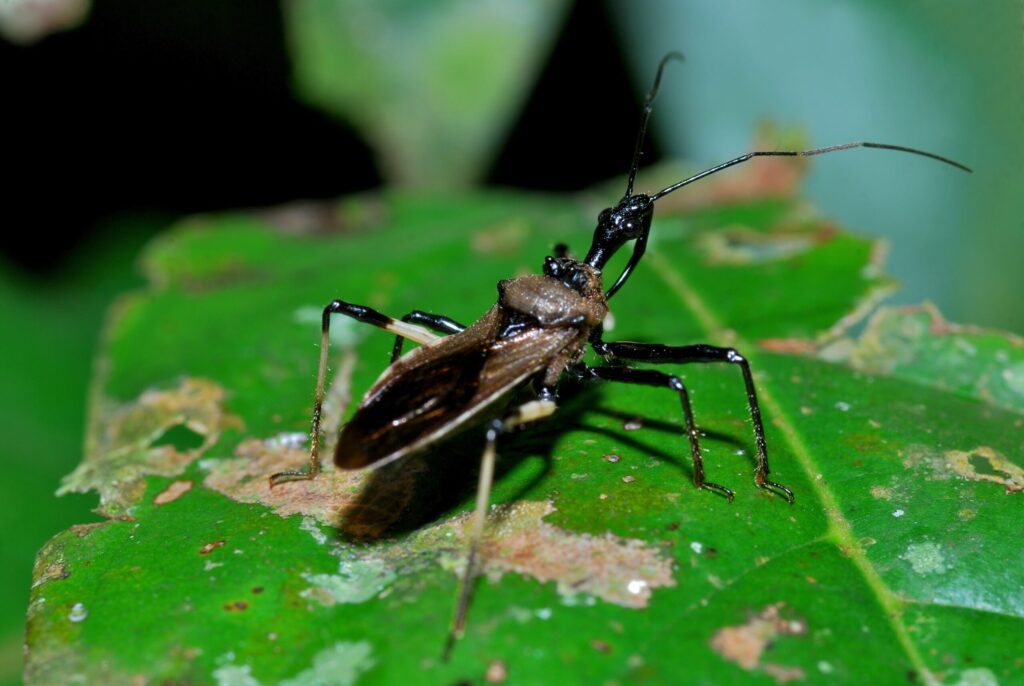
While Photuris females are masters of aggressive mimicry, they’re not the only insects to employ deceptive hunting strategies. Assassin bugs, praying mantises, and certain spiders also use various forms of mimicry to capture prey. However, the sophistication of the Photuris system—with its precise light control and species-specific targeting—represents one of the most advanced examples of this type of predation.
The comparison with other predatory insects reveals the unique challenges faced by bioluminescent hunters. Unlike visual mimics that rely on static appearance, Photuris females must create dynamic, time-sensitive displays that perfectly match their prey’s expectations. This requires a level of behavioral flexibility and neural control that exceeds most other examples of aggressive mimicry in the animal kingdom.
Future Research Directions

Scientists continue to uncover new aspects of Photuris predatory behavior, with recent research focusing on the neural mechanisms underlying their mimicry abilities. Advanced imaging techniques are revealing the complex network of neurons that control their bioluminescent displays, providing insights into how such sophisticated behaviors evolve and function. Genetic studies are also beginning to identify the specific genes responsible for their predatory adaptations.
Future research may focus on the potential applications of their mimicry abilities in biotechnology and engineering. The precision of their light control systems could inspire new developments in LED technology and optical communications. Additionally, studying their decision-making processes during hunting could contribute to advances in artificial intelligence and autonomous systems.
Conclusion
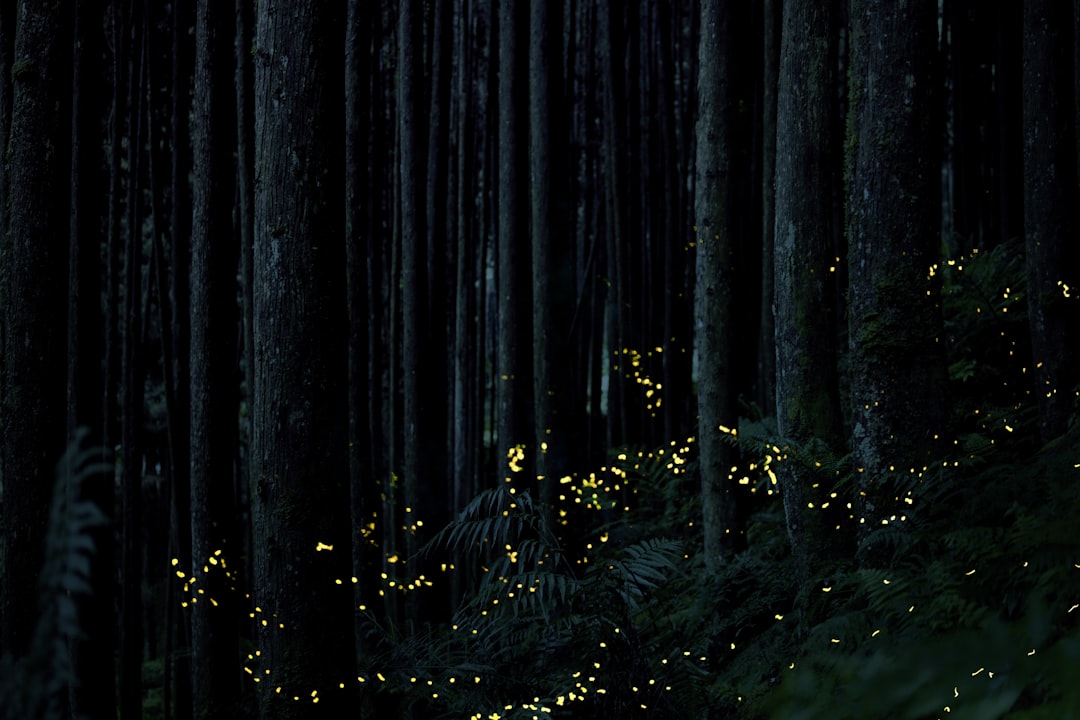
The Photuris female firefly stands as one of nature’s most accomplished deceivers, using sophisticated mimicry to turn the romantic signals of other species into deadly traps. Their ability to perfectly replicate the flash patterns of multiple species while maintaining their own identity represents a pinnacle of evolutionary adaptation. This deadly dance of deception reveals the complex web of relationships that exist within seemingly simple ecosystems, where every flash of light carries the potential for either love or death.
These remarkable insects remind us that nature’s beauty often conceals deeper complexities and that survival requires constant adaptation and innovation. The next time you see fireflies dancing in the twilight, remember that among those innocent-looking lights might be a predator perfecting her deadly craft. What other secrets might be hiding in the natural world around us, waiting to be discovered?

